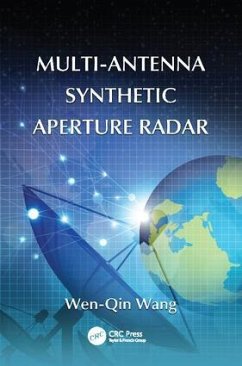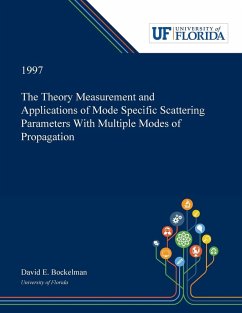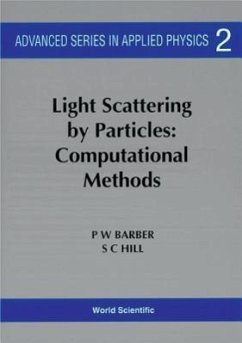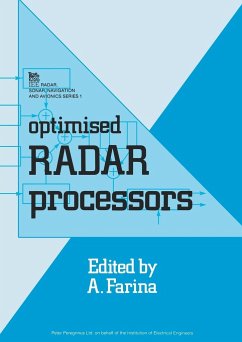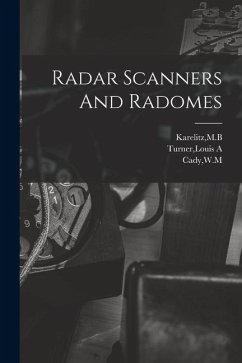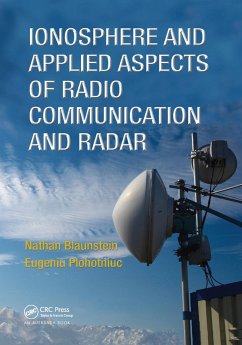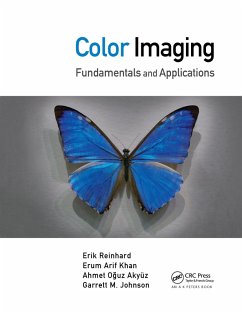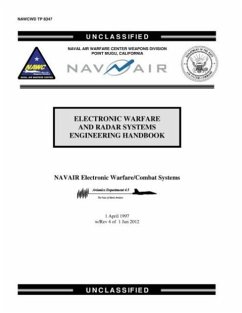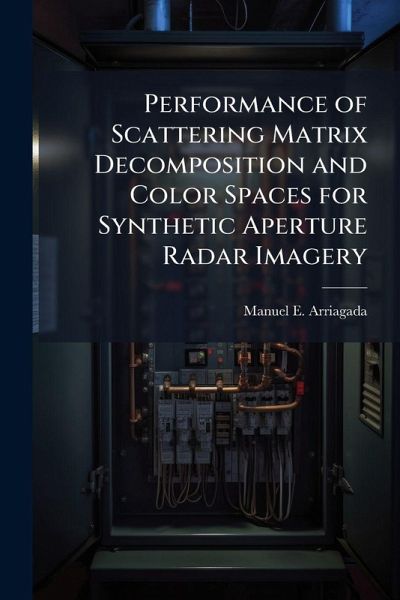
Performance of Scattering Matrix Decomposition and Color Spaces for Synthetic Aperture Radar Imagery

PAYBACK Punkte
8 °P sammeln!
Polarization decomposition techniques are applied to the polarization-dependent data to form colorful imagery that is easy for a human to interpret. Yet, the presumption is that the SAR system operates with maximum bandwidth requiring extensive processing for near- or real-time application. In this thesis, the author investigates the differences between the choices of color space when processing sparse SAR data with three scattering matrix decompositions (linear, Pauli and Krogager) to determine the best combination for accurate feature extraction. Hence, SAR imagery was computed for the combi...
Polarization decomposition techniques are applied to the polarization-dependent data to form colorful imagery that is easy for a human to interpret. Yet, the presumption is that the SAR system operates with maximum bandwidth requiring extensive processing for near- or real-time application. In this thesis, the author investigates the differences between the choices of color space when processing sparse SAR data with three scattering matrix decompositions (linear, Pauli and Krogager) to determine the best combination for accurate feature extraction. Hence, SAR imagery was computed for the combination of decomposition techniques and color spaces. This set of SAR imagery allows the reader to have an abstract idea of the differences between the combination of decomposition techniques and color spaces. This work has been selected by scholars as being culturally important, and is part of the knowledge base of civilization as we know it. This work was reproduced from the original artifact, and remains as true to the original work as possible. Therefore, you will see the original copyright references, library stamps (as most of these works have been housed in our most important libraries around the world), and other notations in the work. This work is in the public domain in the United States of America, and possibly other nations. Within the United States, you may freely copy and distribute this work, as no entity (individual or corporate) has a copyright on the body of the work. As a reproduction of a historical artifact, this work may contain missing or blurred pages, poor pictures, errant marks, etc. Scholars believe, and we concur, that this work is important enough to be preserved, reproduced, and made generally available to the public. We appreciate your support of the preservation process, and thank you for being an important part of keeping this knowledge alive and relevant.



